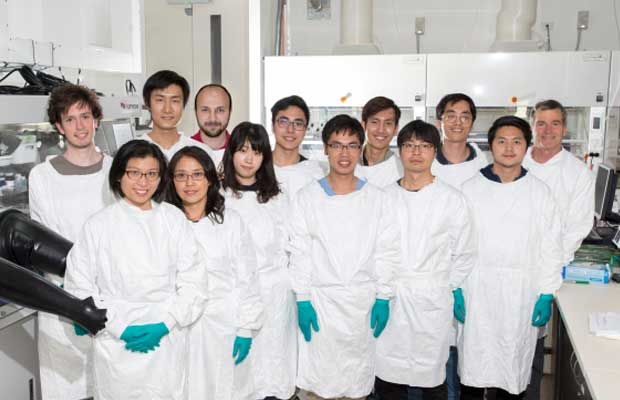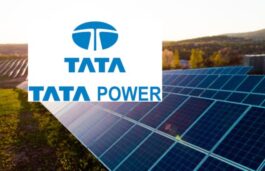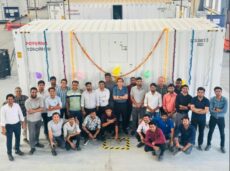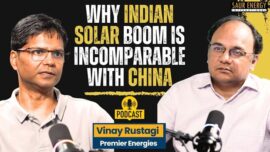
Engineers at the University of New South Wales (UNSW) in Sydney, Australia, have smashed the world efficiency record for perovskite photovoltaic (PV) cells.
The 12.1% efficiency rating was for a 16 cm2 perovskite solar cell, the largest single perovskite photovoltaic cell certified with the highest energy conversion efficiency, and was independently confirmed by the international testing centre Newport Corp, in Bozeman, Montana.

Speaking at the Asia-Pacific Solar Research Conference in Canberra on Friday, Anita Ho-Baillie, a Senior Research Fellow at the Australian Centre for Advanced Photovoltaics (ACAP), announced that her team at UNSW has achieved the highest efficiency rating with the largest perovskite solar cells to date.
Her team has also achieved an 18% efficiency rating on a 1.2 cm2 single perovskite cell, and an 11.5% for a 16 cm2 four-cell perovskite mini-module, both independently certified by Newport.
“This is a very hot area of research, with many teams competing to advance photovoltaic design,” said Ho-Baillie. “Perovskites came out of nowhere in 2009, with an efficiency rating of 3.8%, and have since grown in leaps and bounds. These results place UNSW among the best groups in the world producing state-of-the-art high performance perovskite solar cells. And I think we can get to 24% within a year or so.” Instrumental sound track for travel
Perovskite is a structured compound, where a hybrid organic-inorganic lead or tin halide-based material acts as the light-harvesting active layer. They are the fastest-advancing solar technology to date, and are attractive because the compound is cheap to produce and simple to manufacture, and can even be sprayed onto surfaces.
However, although perovskites hold much promise for cost-effective solar energy, they are currently prone to fluctuating temperatures and moisture, making them last only a few months without protection.
Along with every other team in the world, Ho-Baillie’s is trying to extend its durability. Thanks to what engineers learned from more than 40 years of work with layered silicon, they are confident they can extend this.
ACAP Director Martin Green: “The project’s goal is to lift perovskite solar cell efficiency to 26%”
“We will capitalise on the advantages of perovskites and continue to tackle issues important for commercialisation, like scaling to larger areas and improving cell durability,” said Martin Green, Director of the ACAP and Ho-Baillie’s mentor. The project’s goal is to lift perovskite solar cell efficiency to 26%.
The research is part of a collaboration backed by USD 3.6 million in funding through the Australian Renewable Energy Agency’s (ARENA) ‘solar excellence’ initiative.
Source: UNSW



























